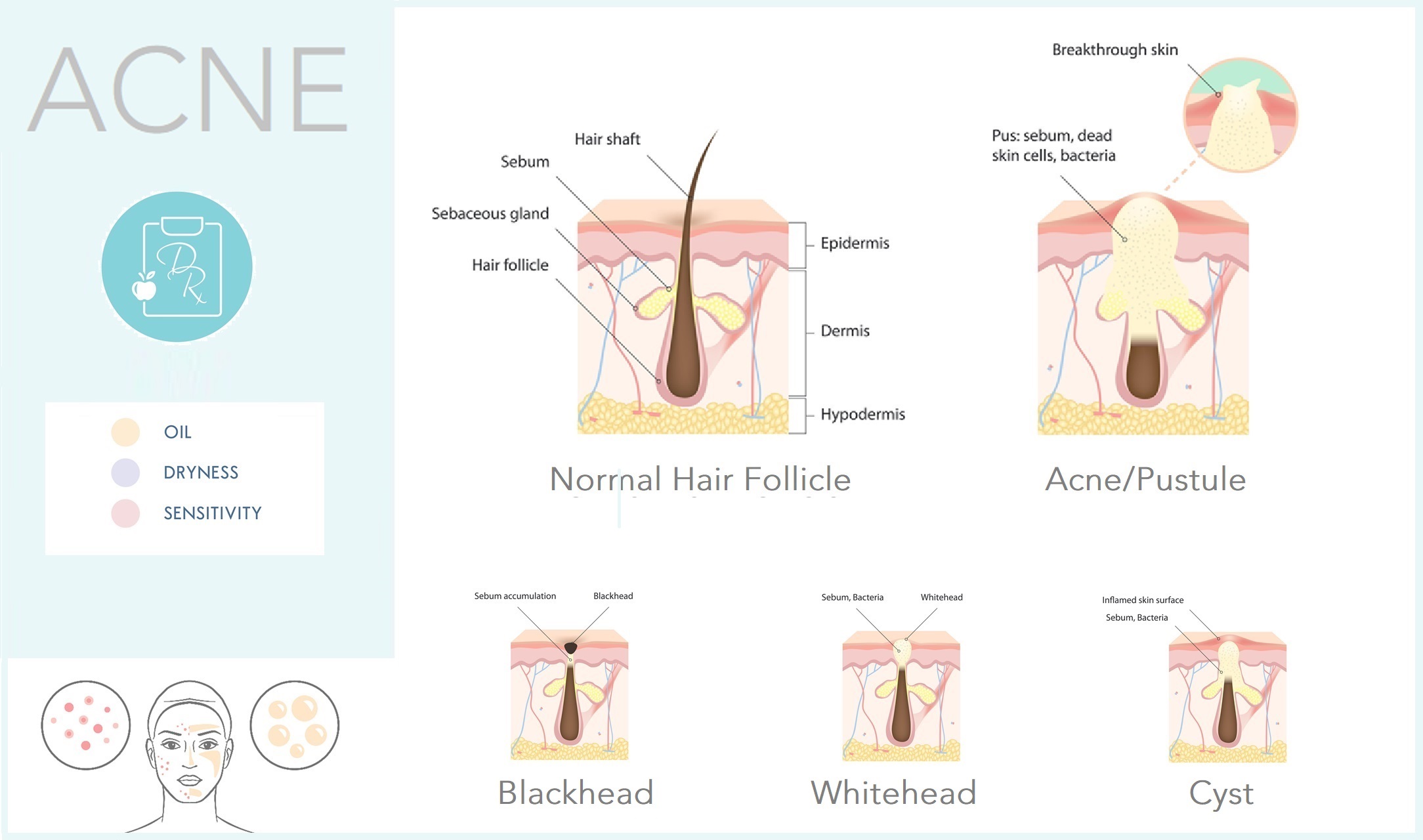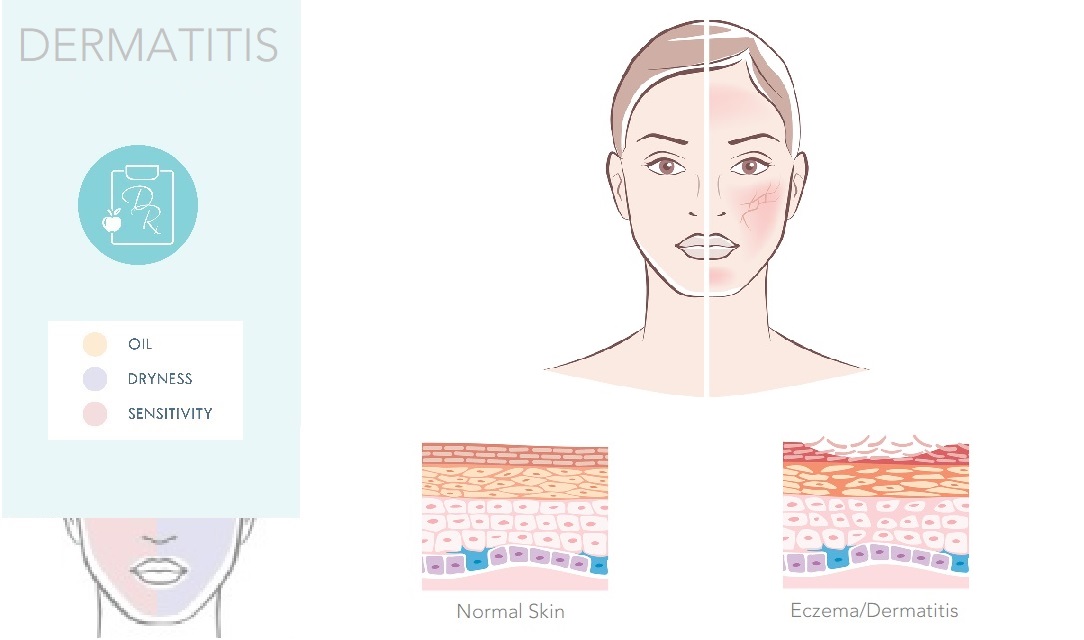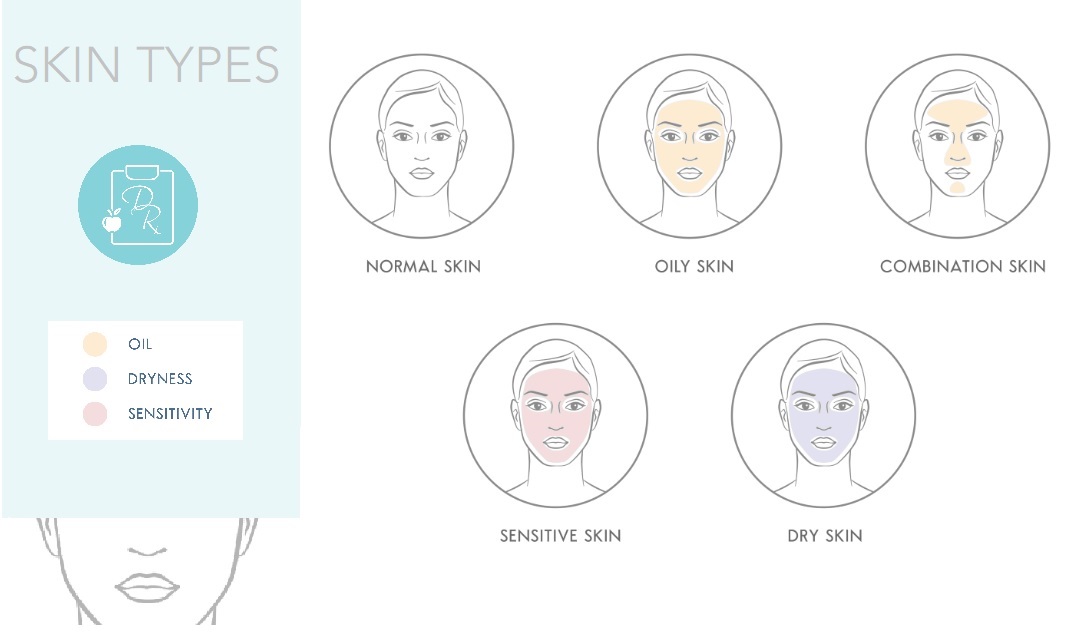What is Wellness?

What is Wellness?
The words ‘wellness’ and ‘well-being’ have become two of the ‘buzz’ words in the health and lifestyle spheres in the last few years. They are often accompanied by photos of genetically blessed people in tranquil yoga poses in various settings of nature (e.g. my picture above!). This has become somewhat of a cliché but it’s within good reason.
So, what does ‘wellness’ actually mean?
The concept of “wellness” recognises that an individual’s state of health (or well-being) is not only related to their physical health but also other components of their life. In medicine it is more frequently used when speaking about psychological health and is known as the ‘Biopsychosocial’ approach to health.
I think for people with chronic skin conditions and other sensitivities, viewing health in this way is very relevant. As many patients get older they begin to realise the distinct effect of stress and external psychological factors on their health- whether it be high blood pressure, dry skin, oily skin or digestive issues.

The Biopsychosocial Model of health is made up of three distinct areas: Biological, Social and Psychological factors. This model of health is very relevant for those with skin conditions, as their skin tends to mirror the state of their life (whether it be peaceful, chaotic or traumatic).
Biological Factors– includes genes and nutrition. Genetic makeup are factors which you are born with. Nutrition refers to the fuel that you are providing your body (or your biological part) to feed on.
Social factors– These include your environment (which as a child, and sometimes to early adulthood is difficult to control) and any events within your external life. These can include stressful or traumatic events or simply changes in your environment such as changing the location of where you live. This can often mean different exposure to water, food, sun – all external factors which impact your skin directly.
Psychological Factors– These are largely subjective as they involve how an individual reacts to events in their life. This will include processing of emotions and then the learned behaviours that result from these emotional events.
As you can see with the above diagram there are some factors which you can do little about and others which you have control over.
The Biopsychosocial approach to health means trying to control the factors that are subjective. From a skin point of view this includes- your nutrition, your environment (within reason) and your emotional reactions to stressful events.
The reason why the cliché photos of wellness often involve a woman doing yoga in the middle of the forest or the beach with a smoothie next to her is because they are trying to incorporate these factors into the one picture. The meditative pose is demonstrating your control over your emotional state, the smoothie indicates nourishment for your body and the tranquil background indicates an environment that is soothing and nourishing for your mental wellbeing.
As each person is so unique, so is their combination of the above factors. Personality types and emotional reactions are largely genetically determined, so it is important for you to work with your own strengths and weaknesses rather than trying to be like someone else. Admitting that you may be struggling with any of those factors is not a sign of weakness but rather of strength as it allows you to begin to shape your life to the best of your ability.


